Travels
-
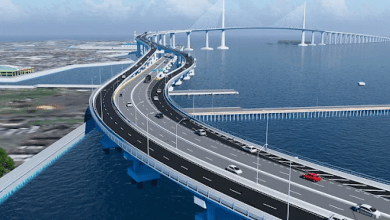
Maharashtra to Build India’s Longest Road Tunnel: A Leap Forward in Travel from Nagpur to Goa
Maharashtra longest road tunnel: In a monumental leap for India’s infrastructure development, Maharashtra is poised to construct India’s longest road…
Read More » -

FASTag Annual Pass to Launch on August 15 for Private Vehicles: All You Need to Know
The Ministry of Road Transport and Highways is revolutionizing how India travels with a new FASTag Annual Pass for private…
Read More » -
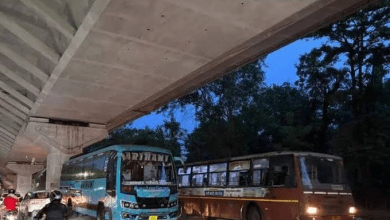
Ban On Pvt Buses In City: Traffic Cops Propose Six Pickup-Drop Terminals on Outskirts
A Bold Step Toward Decongesting Nagpur Ban on private buses Nagpur: Imagine waking up to smooth traffic, clean roads, and…
Read More » -

Pune–Nagpur Vande Bharat Update: Relief for Maharashtra Commuters Soon?
The long wait might just be over for thousands of commuters in Maharashtra. The Pune–Nagpur Vande Bharat Express, a much-anticipated…
Read More » -
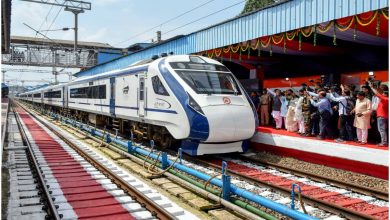
Nagpur to Mumbai Vande Bharat Express Train: Everything You Need to Know
The Indian Railways is all set to revolutionize travel with the introduction of the Nagpur to Mumbai Vande Bharat Express…
Read More » -
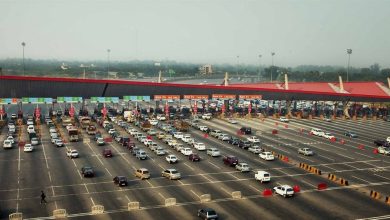
Pay No Toll For EVs in Maharashtra: Free Entry on Mumbai-Pune Expressways, Atal Setu And More
EV Toll Free Maharashtra: Electric vehicles (EVs) are not just changing the way we drive—they’re reshaping the roads we drive…
Read More » -
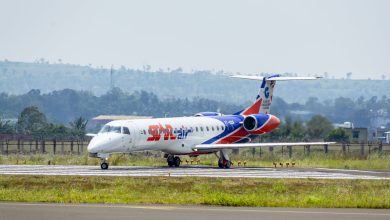
Kolhapur-Nagpur Flight: An Exciting News for Nagpurkars!
Nagpur Kolhapur Flight Service: Imagine cutting down the long hours of road travel to a mere 90 minutes. Sounds like a…
Read More » -

Kedarnath Yatra: Helicopter Ticket Bookings Begin Online – Here’s How to Book
Kedarnath Yatra Helicopter Tickets: Embarking on the sacred Kedarnath Yatra is now easier than ever. With the introduction of online…
Read More » -
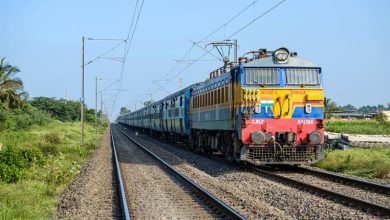
Central Railway to Run 42 Additional Summer Special AC Trains Between Mumbai, Pune, Nagpur, and Delhi From April to May 2025
summer special trains 2025: Summer travel plans just got a massive upgrade! Central Railway has announced a much-welcomed move for…
Read More » -
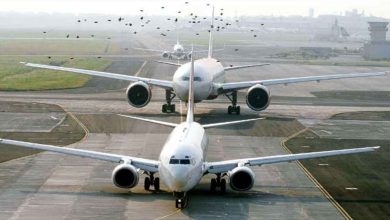
Runway Ready: Nagpur Airport Takes Off 24×7
Nagpur Airport 24×7 Operations: Nagpur Airport is now officially operating 24×7! The long-awaited transition to round-the-clock operations has finally become…
Read More »

